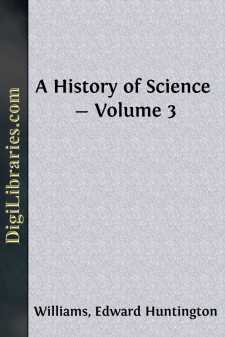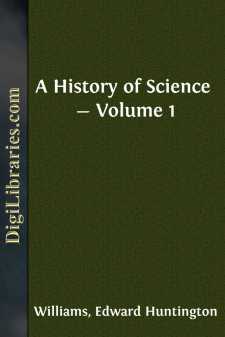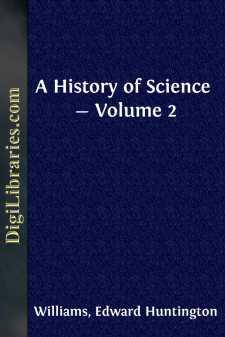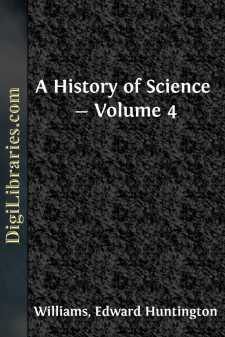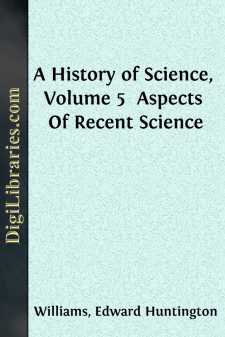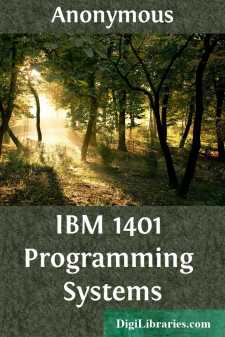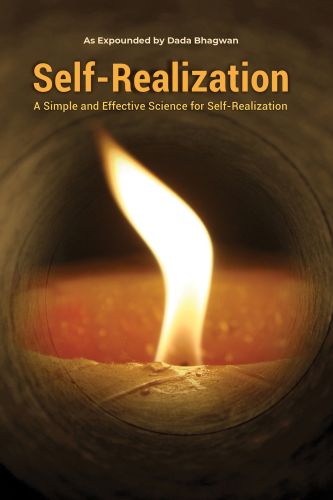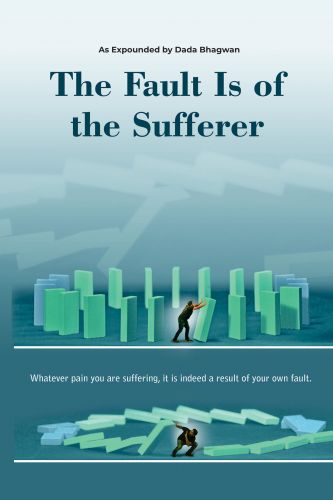Categories
- Antiques & Collectibles 13
- Architecture 36
- Art 48
- Bibles 22
- Biography & Autobiography 813
- Body, Mind & Spirit 142
- Business & Economics 28
- Children's Books 17
- Children's Fiction 14
- Computers 4
- Cooking 94
- Crafts & Hobbies 4
- Drama 346
- Education 46
- Family & Relationships 57
- Fiction 11829
- Games 19
- Gardening 17
- Health & Fitness 34
- History 1377
- House & Home 1
- Humor 147
- Juvenile Fiction 1873
- Juvenile Nonfiction 202
- Language Arts & Disciplines 88
- Law 16
- Literary Collections 686
- Literary Criticism 179
- Mathematics 13
- Medical 41
- Music 40
- Nature 179
- Non-Classifiable 1768
- Performing Arts 7
- Periodicals 1453
- Philosophy 64
- Photography 2
- Poetry 896
- Political Science 203
- Psychology 42
- Reference 154
- Religion 513
- Science 126
- Self-Help 84
- Social Science 81
- Sports & Recreation 34
- Study Aids 3
- Technology & Engineering 59
- Transportation 23
- Travel 463
- True Crime 29
A History of Science - Volume 3
Description:
Excerpt
I. THE SUCCESSORS OF NEWTON IN ASTRONOMY
HEVELIUS AND HALLEYSTRANGELY enough, the decade immediately following Newton was one of comparative barrenness in scientific progress, the early years of the eighteenth century not being as productive of great astronomers as the later years of the seventeenth, or, for that matter, as the later years of the eighteenth century itself. Several of the prominent astronomers of the later seventeenth century lived on into the opening years of the following century, however, and the younger generation soon developed a coterie of astronomers, among whom Euler, Lagrange, Laplace, and Herschel, as we shall see, were to accomplish great things in this field before the century closed.
One of the great seventeenth-century astronomers, who died just before the close of the century, was Johannes Hevelius (1611-1687), of Dantzig, who advanced astronomy by his accurate description of the face and the spots of the moon. But he is remembered also for having retarded progress by his influence in refusing to use telescopic sights in his observations, preferring until his death the plain sights long before discarded by most other astronomers. The advantages of these telescope sights have been discussed under the article treating of Robert Hooke, but no such advantages were ever recognized by Hevelius. So great was Hevelius's reputation as an astronomer that his refusal to recognize the advantage of the telescope sights caused many astronomers to hesitate before accepting them as superior to the plain; and even the famous Halley, of whom we shall speak further in a moment, was sufficiently in doubt over the matter to pay the aged astronomer a visit to test his skill in using the old-style sights. Side by side, Hevelius and Halley made their observations, Hevelius with his old instrument and Halley with the new. The results showed slightly in the younger man's favor, but not enough to make it an entirely convincing demonstration. The explanation of this, however, did not lie in the lack of superiority of the telescopic instrument, but rather in the marvellous skill of the aged Hevelius, whose dexterity almost compensated for the defect of his instrument. What he might have accomplished could he have been induced to adopt the telescope can only be surmised.
Halley himself was by no means a tyro in matters astronomical at that time. As the only son of a wealthy soap-boiler living near London, he had been given a liberal education, and even before leaving college made such novel scientific observations as that of the change in the variation of the compass. At nineteen years of age he discovered a new method of determining the elements of the planetary orbits which was a distinct improvement over the old. The year following he sailed for the Island of St, Helena to make observations of the heavens in the southern hemisphere.
It was while in St. Helena that Halley made his famous observation of the transit of Mercury over the sun's disk, this observation being connected, indirectly at least, with his discovery of a method of determining the parallax of the planets....


